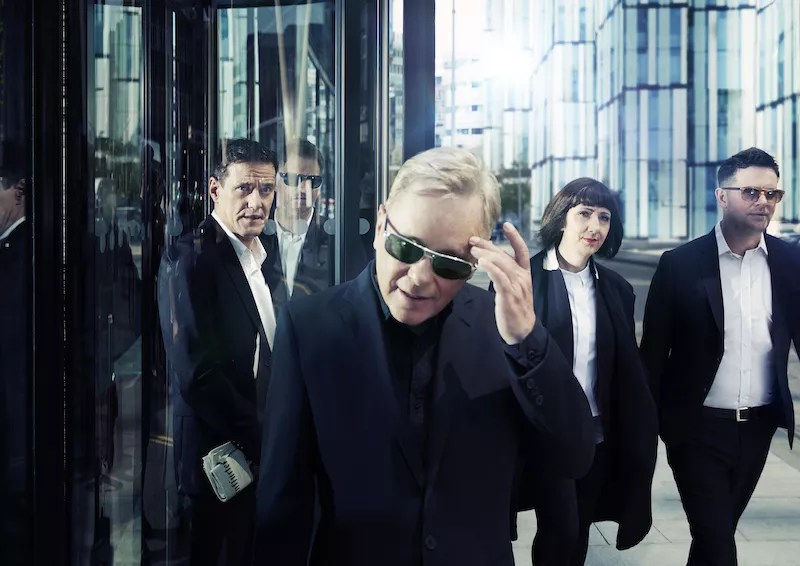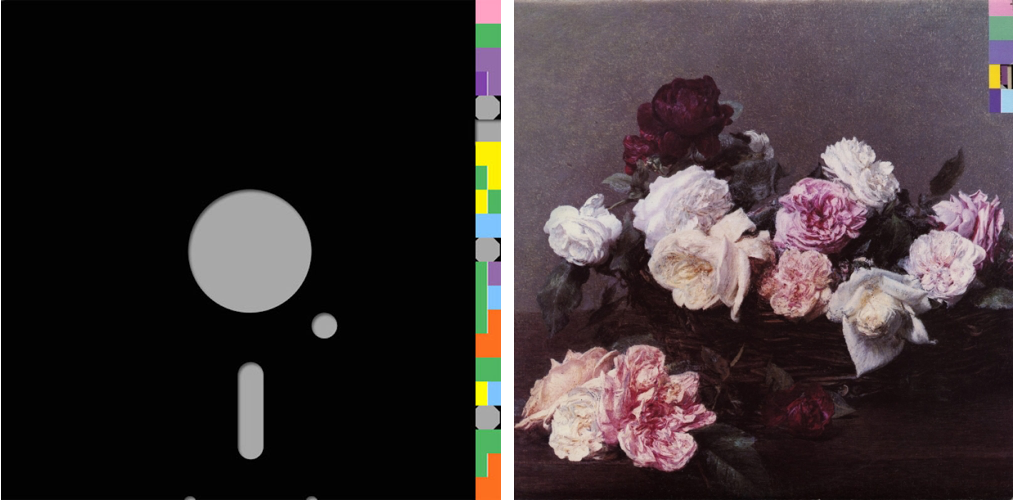
Photo by Nick Wilson

Audio By Carbonatix
Released 35 years ago last May, New Order’s iconic LP Power, Corruption & Lies wasn’t the influential English band’s first album. But the sophomore effort marked the group’s clear transition from its moody punk origins as Joy Division to an extroverted, effervescent dance act. A pioneer of postpunk, electro-pop, proto-rave, dance-rock, and a whole umbrella of enduring club styles, New Order has been credited with “inventing the ’80s” and “changing music forever.”
Shortly after Joy Division suffered the loss of lead singer Ian Curtis to suicide in 1980, New Order formed from the ashes, fusing New Wave aesthetics with the textured synth sounds of underground dance music, and went on to huge success. Despite a couple of breakups over the decades and the eventual departure of founding bassist Peter Hook, New Order continues to tour globally with three of its original members. Ahead of their sold-out show at the Fillmore Miami Beach, New Times looks at how the bandmates’ sweeping sound helped shape the future of indie rock and dance music.
They made dance music for rock fans. Innovative in its own right, New Order showed influences that were always traceable. A fateful Sex Pistols performance inspired the original Joy Division lineup, and New Order pays homage to the German electronic godfathers of Kraftwerk via a track called “Krafty” on 2005’s Waiting for the Sirens’ Call. By layering the reverberating austerity of postpunk and the futuristic, electro-disco rhythms of the New York underground, New Order paved the way for everyone from Derrick May and Detroit techno to electronic staples Moby and the Chemical Brothers to indie darlings Wild Nothing and the Drums.
We’re aiming to raise $30,000 by December 31, so we can continue covering what matters most to you. If Miami New Times matters to you, please take action and contribute today, so when news happens, our reporters can be there.
Will you step up to support New Times this year?
They collaborated with then-unknown electro producer Arthur Baker. Before working with everyone from Diana Ross to David Bowie, influential New York producer Arthur Baker collaborated with New Order to create “Confusion,” an instant-classic club banger that even nudged its way onto U.S. dance and R&B charts. Best known for his work with early hip-hop artists such as Afrika Bambaataa and Planet Patrol, Baker would compose, produce, and remix a number of tracks for New Order well into the aughts. Cover artwork for New Order’s single “Blue Monday” (left) and the LP Power, Corruption & Lies. Factory Records
Their cover artwork reflected their austere, minimalist style. Under the artistic direction of Factory Records designer Peter Saville, New Order also became synonymous with evocative, minimalist cover artwork. The original “Blue Monday” single, for example, came packaged in an elusive sleeve designed to resemble a floppy disc, with virtually no information about the band. Die-cut with a silver inner sleeve, the packaging reportedly cost so much to produce that Factory Records lost money on each copy sold. New Order’s sleek, carefully curated style has been emulated over and over in music. New Order.